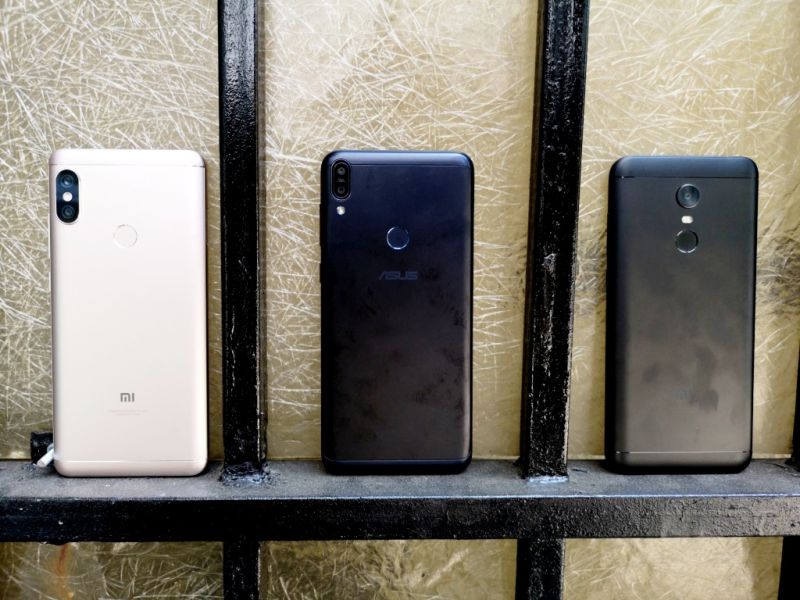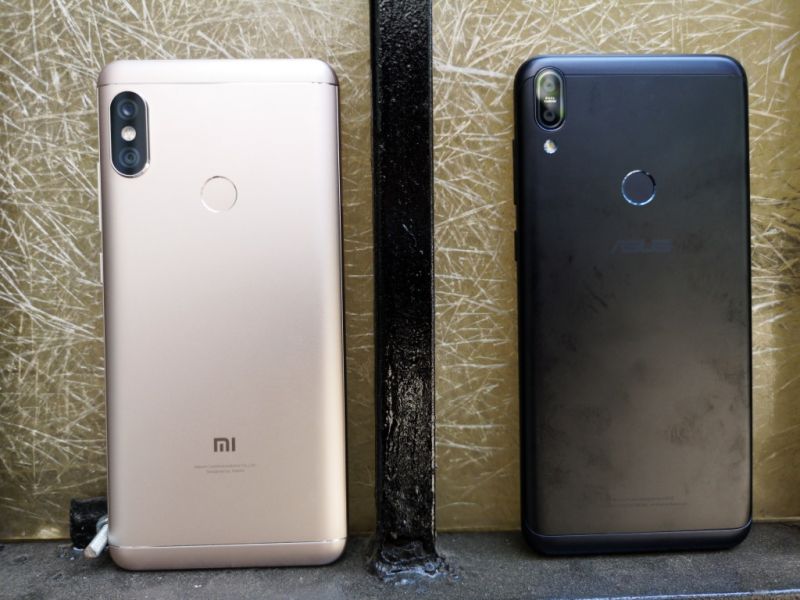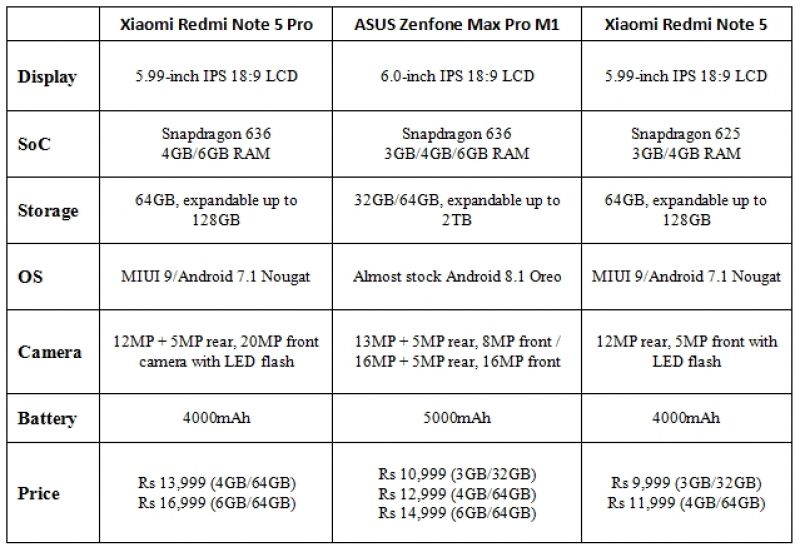Xiaomi Redmi Note 5 Pro/Note 5 vs ASUS Zenfone Max Pro M1: Whose the better choice?
The Zenfone Max Pro M1 and the Redmi Note 5 Pro are pretty evenly matched in terms of what they offer. However, who commands the edge?

With Redmi Note 5 Pro, Xiaomi showed how midrange smartphones are made in 2018. The Note 5 Pro defined the benchmark for midrange segment with a large battery, extremely capable cameras and a big 18:9 display, all at a very affordable price. It seems that ASUS had been keeping an eye on the benchmark and has now finally planned to kill the competition with the Zenfone Max Pro M1. Their latest offering in the budget midrange segment seems to make a mark.
The Zenfone Max Pro M1 offers a larger battery, a big 18:9 display, a robust chipset and decent cameras. Therefore, both Xiaomi's Redmi Note 5 Pro and ASUS' Zenfone Max Pro M1 compete head-to-head with a similar set of specifications. However, despite both being almost identical, one of them has to beat the other, and therefore, a mark a better choice over the other. To solve this dilemma, it’s sensible to put them in a direct comparison.
However, the Zenfone Max Pro M1’s price also pits it against the ‘standard’ Redmi Note 5. Therefore, both of Xiaomi’s midrange workhorses have a serious competition from the Taiwanese firm’s one model. And this makes the comparison even more interesting.
Design, Display:
Keep the three models together and it will be difficult to differentiate which one’s which. Both the Redmi Note 5 phones and the Zenfone look almost identical, especially head-on. The trio flaunt a huge, almost 6-inch, 18:9 LCD display, following the present trend. The displays on all three are equally good — all of them render reasonably vibrant colours with decent contrasts.
However, turn them around and you will notice the remarkable differences. The Redmi Note 5 sports a single camera along with a fingerprint sensor positioned just below, whereas the Redmi Note 5 Pro has a design inspired from Apple’s iPhone X (the camera module), with a fingerprint sensor added. The Zenfone Max Pro M1 has a more balanced rear panel design, with a smaller, vertically positioned dual camera setup sans the camera bump and a fingerprint scanner.
While all the three smartphones flaunt a premium metal-plastic combo build, the Zenfone Max Pro M1 exceeds both the Xiaomis by a tiny margin in terms of fit and finish — thanks to its rounded edges that impart a better grip. However, the Redmi Note 5 Pro is certainly the most stylish of the lot — a sleeker body and premium-looking rear panel, especially in black.
Specifications:
This is where it gets interesting. The Redmi Note 5 is powered by the old Snapdragon 625 chipset that powered a majority of Xiaomi’s smartphone lineup in 2017. Xiaomi offers the Note 5 with a choice of 3GB/32GB and a 4GB/64GB variant. It’s still being moved by the Android 7.1 Nougat-based MIUI 9.5, but has a received certain rich features such as a gesture-based navigation and smarter notifications management. The Note 5 still offers a hybrid SIM card slot, with only a single slot supporting 4G VoLTE.
The Redmi Note 5 Pro keeps with Xiaomi’s trend of debuting a new Qualcomm chipset — this year, a brand new octa-core Snapdragon 636 made a global introduction in the Indian market within the Note 5 Pro. Just like the Note 5, the Pro is also running on Android 7.1 with MIUI 9.2 on top. The Note 5 Pro is offered in two variants — 4GB/64GB and 6GB/64GB. The Note 5 Pro also offers a hybrid SIM card slot with only a single 4G VoLTE slot.
The Zenfone Max Pro M1 also uses the same Qualcomm Snapdragon 636 seen on the Redmi Note 5 Pro. However, it rocks the latest Android 8.1 Oreo with an almost-stock Android interface — and that's a big relief to many. The Zenfone Max Pro M1 is offered in three variants — 3GB/32GB, 4GB/ 64GB and 6GB/64GB (coming soon). The Zenfone is one of the few phones that sports a dedicated micro SD card slot alongside a dual SIM slot, which support VoLTE connections on both SIMs, simultaneously.
In real-world scenarios, all the three perform nearly identical. The Redmi Note 5 showcases occasional lags and stutters — probably thanks to the slower Snapdragon 625 SoC. However, both the Redmi Note 5 Pro and the Zenfone Max Pro M1 are noticeably faster and work swiftly — texting, streaming videos, making video calls and others. Both can play casual games with ease too. However, the stock Android interface on the Zenfone feels a tad more swift than the Note 5 Pro, which probably gives it an edge over the latter.
To test the true synthetic performance, we put all the three phones to a few benchmark tests — AnTuTu, PCMark and 3DMark. We performed the test on these devices with absolutely zero additional apps installed, retaining the handsets with what they shipped. Check out each of the scores listed in the table below. The scores speak out for themselves.
The ASUS Zenfone Max Pro M1 clearly marks the highest scores in AnTuTu and PCMark, despite sharing almost identical internals. The ASUS manages to take the lead over the Xiaomi due to its near-stock android interface, which is known to put lesser stress on resources as opposed to a customised OS like MIUI.
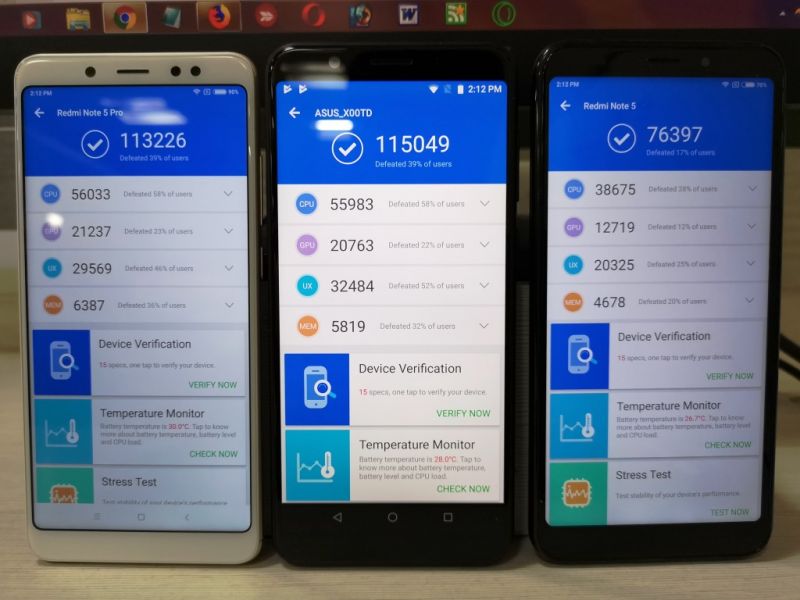 AnTuTu scores of the Redmi Note 5 Pro, Zenfone Max Pro M1 and Redmi Note 5.
AnTuTu scores of the Redmi Note 5 Pro, Zenfone Max Pro M1 and Redmi Note 5.
Do note that each handset involved in the test wasn't identical in every parameter. While the Zenfone was running Android 8.1 Oreo, the other two were still using an older Android 7.1 Nougat OS. Also, a big surprising difference to be noted here is that the Zenfone was equipped with just 3GB of RAM and both the Redmi Notes were using 4GB of RAM.
Camera:
The Redmi Note 5 is the one that challenged in terms of lower hardware — a single 12MP sensor with a f/2.2 aperture and a sensor size of 1.25 μm. The front camera is a 5MP sensor accompanied by an LED flash. Despite the disadvantage, the Redmi Note 5 takes decent pictures under varied lighting conditions. You can check out the sample of the Note 5’s camera samples in the review by clicking here.
The Note 5 Pro uses a superior (Sony+Samsung) 12MP + 5MP dual setup that is capable of shooting superb portrait photos. In our test, we found the Sony sensors on the Note 5 Pro to capture crisp photos with a fairly good amount of detail, although it tends to bump up the exposure a little more than usual. The 20MP front sensor along with an LED flash uses smart algorithms to capture bokeh easily. In fact, the Note 5 Pro presently has one of the best cameras in this price segment.
The Zenfone Max Pro M1 also utilises a 13MP + 5MP dual camera setup (sensor unknown), which is tuned for portrait modes. The Zenfone’s camera takes overall good-looking photos with colour tones that are more natural looking. Image noise is also kept at bay; however, it loses out on details massively while doing so. The 8MP front camera with an LED flash takes decent selfies. It can also shoot portrait selfies with bokeh effects, but the results are not on par with the Redmi Note 5 Pro.
Check out some camera samples from the Zenfone Max Pro M1 and the Redmi Note 5 Pro.
 ASUS Zenfone Max Pro M1 (above)
ASUS Zenfone Max Pro M1 (above)
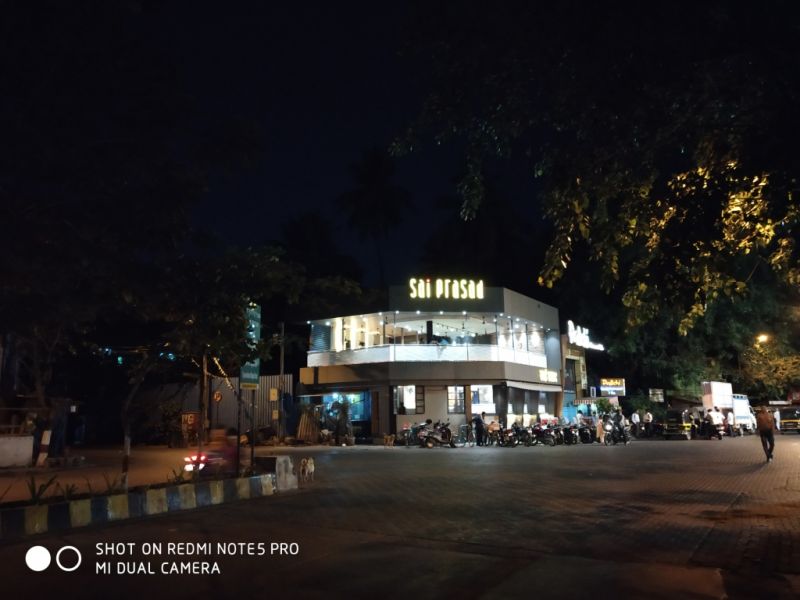 Xiaomi Redmi Note 5 Pro (above)
Xiaomi Redmi Note 5 Pro (above)
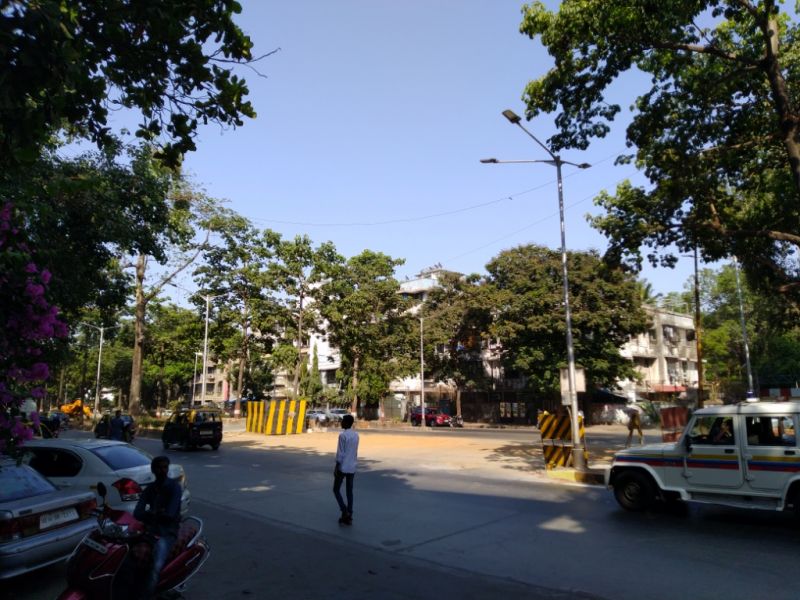 ASUS Zenfone Max Pro M1 (above)
ASUS Zenfone Max Pro M1 (above)
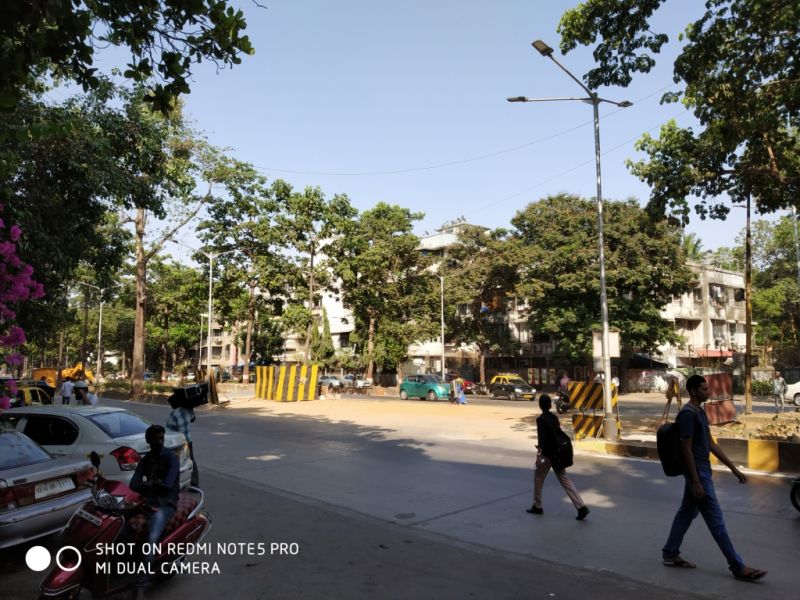 Xiaomi Redmi Note 5 Pro (above)
Xiaomi Redmi Note 5 Pro (above)
 ASUS Zenfone Max Pro M1 (above)
ASUS Zenfone Max Pro M1 (above)
 Xiaomi Redmi Note 5 Pro (above)
Xiaomi Redmi Note 5 Pro (above)
 ASUS Zenfone Max Pro M1 (above)
ASUS Zenfone Max Pro M1 (above)
 Xiaomi Redmi Note 5 Pro (above)
Xiaomi Redmi Note 5 Pro (above)
 ASUS Zenfone Max Pro M1 (above)
ASUS Zenfone Max Pro M1 (above)
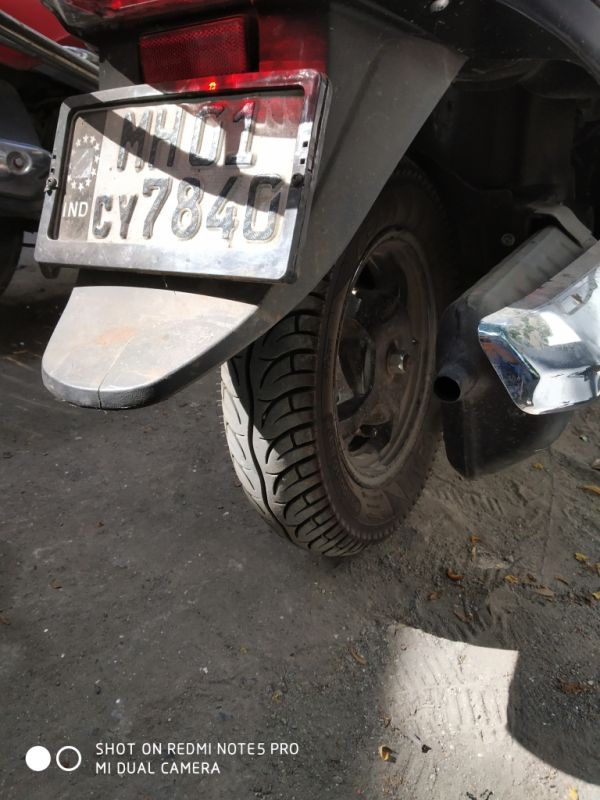 Xiaomi Redmi Note 5 Pro (above)
Xiaomi Redmi Note 5 Pro (above)
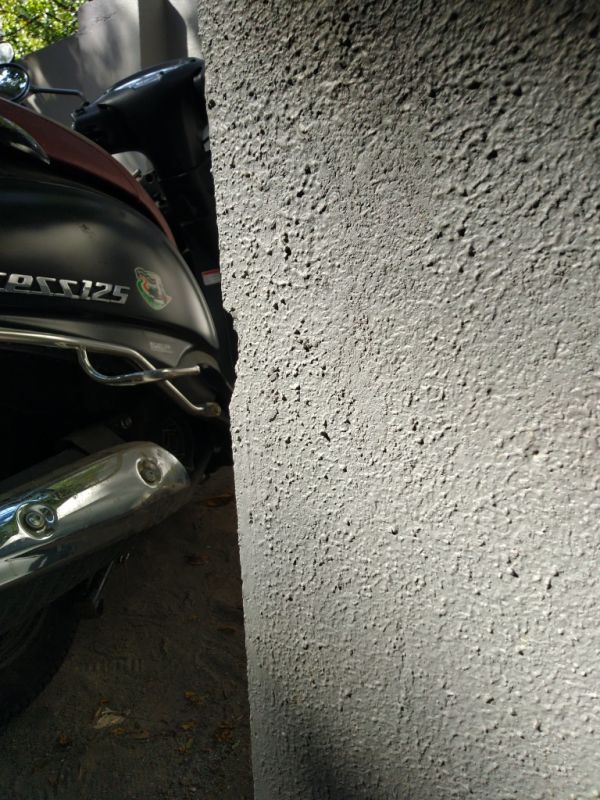 ASUS Zenfone Max Pro M1 (above)
ASUS Zenfone Max Pro M1 (above)
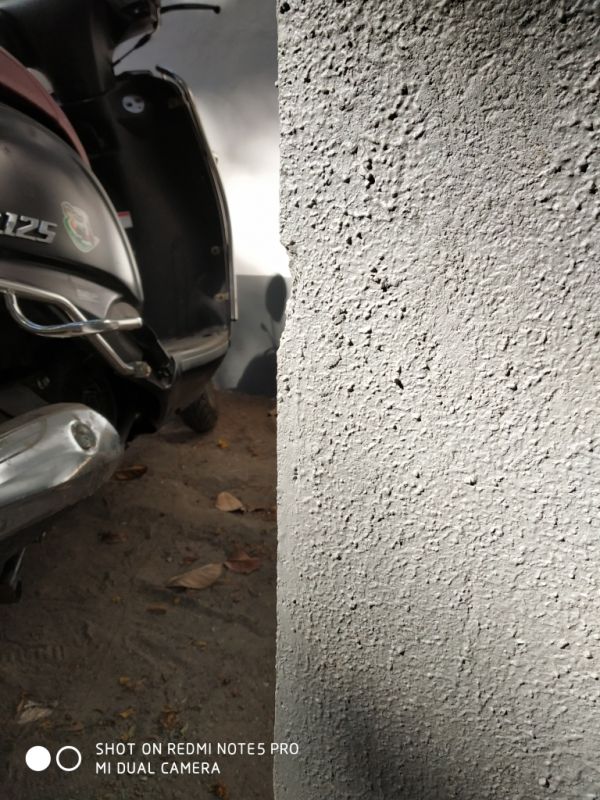 Xiaomi Redmi Note 5 Pro (above)
Xiaomi Redmi Note 5 Pro (above)
 ASUS Zenfone Max Pro M1 (above)
ASUS Zenfone Max Pro M1 (above)
 Xiaomi Redmi Note 5 Pro (above)
Xiaomi Redmi Note 5 Pro (above)
 ASUS Zenfone Max Pro M1 (Portrait shot) (above)
ASUS Zenfone Max Pro M1 (Portrait shot) (above)
 Xiaomi Redmi Note 5 Pro (Portrait shot) (above)
Xiaomi Redmi Note 5 Pro (Portrait shot) (above)
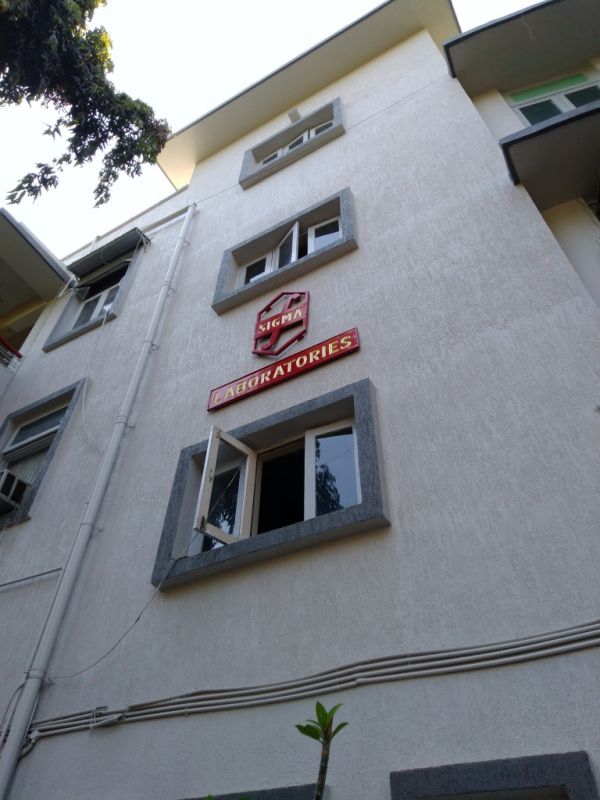 ASUS Zenfone Max Pro M1 (above)
ASUS Zenfone Max Pro M1 (above)
 Xiaomi Redmi Note 5 Pro (above)
Xiaomi Redmi Note 5 Pro (above)
 ASUS Zenfone Max Pro M1 (Portrait shot) (above)
ASUS Zenfone Max Pro M1 (Portrait shot) (above)
 Xiaomi Redmi Note 5 Pro (Portrait shot) (above)
Xiaomi Redmi Note 5 Pro (Portrait shot) (above)
 ASUS Zenfone Max Pro M1 (Selfie sample) (above)
ASUS Zenfone Max Pro M1 (Selfie sample) (above)
 Xiaomi Redmi Note 5 Pro (Selfie sample) (above)
Xiaomi Redmi Note 5 Pro (Selfie sample) (above)
After going through the sample shots, it's clear that the Redmi Note 5 Pro takes better photographs than the Zenfone Max Pro M1. The Note 5 Pro's photos exhibit more details and has better exposure management than that of the Zenfone Max Pro M1's. ASUS' offering showcases more natural colours in its photos in comparison to the Redmi Note 5 Pro, but loses out on sharpness. The Redmi Note 5 Pro also snaps better-looking selfies in comparison to the Zenfone Max Pro M1 — the photos are brighter, but they tend to overexpose in brightly lit surroundings, whereas the Zenfone Max Pro M1's selfies captures natural colours with more details.
Battery:
The ASUS Zenfone Max Pro M1 dominates this section by a huge margin. A 5000mAh battery keeps the smartphone alive for close to two days under moderate use. Both the Redmi Note 5 and Note 5 Pro sport 4000mAh batteries, which are also reasonably huge, but lose out to the Zenfone in terms of stamina. The Xiaomi phones are good enough for a day and a half under moderate use.
Price:
The Redmi Note 5 starts at Rs 9,999 for the 3GB/32GB variant and goes up to Rs 11,999 for the 4GB/64GB variant. The Redmi Note 5 Pro is priced at Rs 13,999 for the 4GB/64GB variant and goes up to Rs 16,999 for the 6GB/64GB variant. The ASUS Zenfone Max Pro M1 starts at Rs 10,999 for the base 3GB/32GB variant and goes up to Rs 12,999 for the 4GB/64GB variant. ASUS will also launch a 6GB/64GB variant with a 16MP + 5MP rear camera and a 16MP front camera for Rs 14,999.
Availability:
While the Redmi smartphones are almost impossible to get your hands on, ASUS would be a fairly easier handset to own. Xiaomi's flash sales are disruptive but equally frustrating for its own fans. Since the ASUS handset has just entered the market, we will be keeping a close watch on the sales. If ASUS manages to keep their stocks easily available, the Redmi counterpart could lose out easily. Xiaomi surely has a tough competition here, and they better make necessary changes to their business model.
Conclusion:
All three smartphones are equally capable as budget midrange smartphones. However, while one commands with a superior battery life and raw performance (based on the benchmark scores), the other beats the competition with better camera performance. Looking at various parameters, the ASUS Zenfone Max Pro M1 seems to be a better choice for the value conscious. However, the Redmi Note 5 Pro outshines all the others in terms of sheer camera performance.
So if you are looking at sheer performance and a longer running battery in the same price bracket, the ASUS offering is the best to consider. However, if photography is your main concern, the Redmi Note 5 Pro wins a hands-down recommendation. But if you look at true value for money with all aspects in place, ASUS beats the Xiaomi models by a small margin.
Which one would you spell out to be the best?
Click on Deccan Chronicle Technology and Science for the latest news and reviews. Follow us on Facebook, Twitter.


